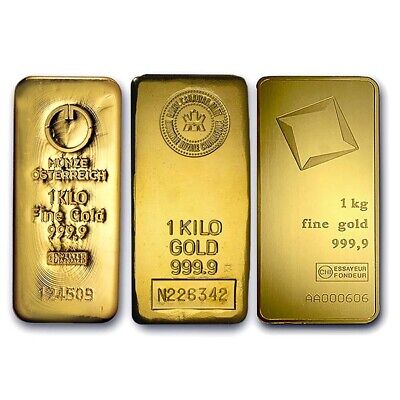Understanding different units of measurement is crucial in the world of commodities, precious metals, and trading. Whether you’re trading gold, investing in silver, or simply curious about the conversion between different units, knowing how many ounces are in a kilo is fundamental. This article clearly and concisely explains the conversion, its relevance in various industries, and some practical examples.

Understanding Units: Ounces and Kilograms
Before diving into the conversion, it’s essential to understand the two units: ounces and kilograms. Both originated in different measuring systems and are used in various contexts worldwide.
The Ounce
The ounce is a unit of weight commonly used in the United States, and some other countries still employ the imperial system. It is abbreviated as “oz.” There are different types of ounces, but the most commonly used in trading and commodities are the avoirdupois and troy ounces.
- Avoirdupois Ounce: This is the standard ounce used in the United States and equals 28.3495 grams.
- Troy Ounce: Used mainly in trading precious metals, a troy ounce is slightly heavier than an avoirdupois ounce and is equal to 31.1035 grams.
The Kilogram
The kilogram is the base unit of mass in the International System of Units (SI) and is widely used globally. It is abbreviated as “kg.” One kilogram is equal to 1,000 grams or approximately 2.20462 pounds.
Conversion: From Kilograms to Ounces
Converting kilograms to ounces requires knowing which type of ounce you are dealing with. Below are the conversions for both avoirdupois and troy ounces:
| Type of Ounce | Grams per Ounce | Ounces per Kilogram |
|---|---|---|
| Avoirdupois Ounce | 28.3495 | 35.274 |
| Troy Ounce | 31.1035 | 32.1507 |
Practical Applications in Commodities and Trading
The distinction between avoirdupois and troy ounces is particularly significant in the commodities market, especially for precious metals measured in troy ounces, such as gold, silver, platinum, and palladium.
Precious Metals
When trading precious metals, it’s crucial to use troy ounces for accuracy. For instance, if a trader is dealing with 5 kilograms of gold, the conversion to troy ounces would be:
5 kg × 32.1507 troy oz/kg = 160.7535 troy ounces
This ensures that transactions and valuations are consistent with industry standards.
Other Commodities
The conversion is slightly different for commodities like grains, food products, or other materials that use the avoirdupois system. For example, if one is trading 10 kilograms of coffee beans, the conversion would be:
10 kg × 35.274 avoirdupois oz/kg = 352.74 avoirdupois ounces
Conclusion
Understanding the conversion between kilograms and ounces is vital for anyone trading, investing, or dealing with commodities. By recognizing the differences between avoirdupois and troy ounces, traders and consumers can ensure accuracy in their transactions and investments.
Whether buying gold, selling silver or trading other commodities, knowing how many ounces are in a kilo helps maintain precision. It plays a crucial role in the global marketplace. With this knowledge, you can confidently trade precious metals and commodities.